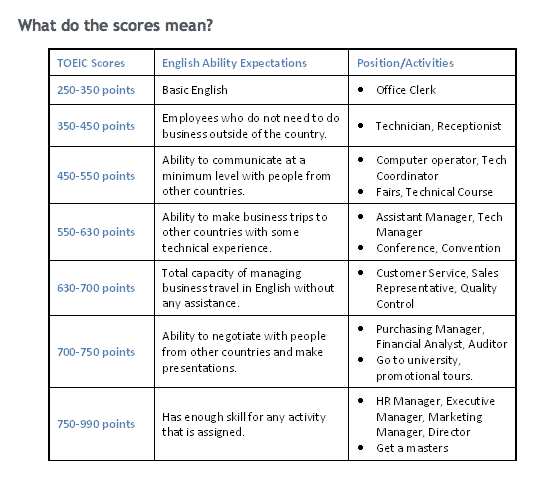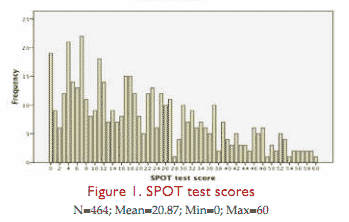Shiken: JALT Testing & Evaluation SIG Newsletter
Vol. 15 No. 2. October 2011 (p. 30 - 42) [ISSN 1881-5537]
| This column about testing, statistics, and assessment is in a quiz format and designed to promote greater assessment literacy. Suggested answers to all of the problems below are online at http://jalt.org/test/SSA11.htm. |

[ p. 30 ]

[ p. 31 ]

[ p. 32 ]